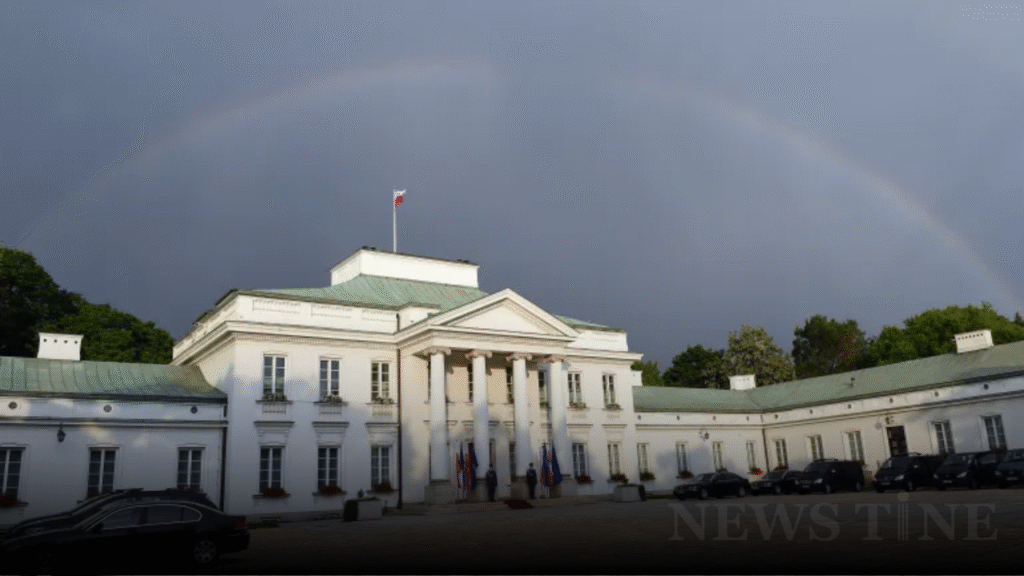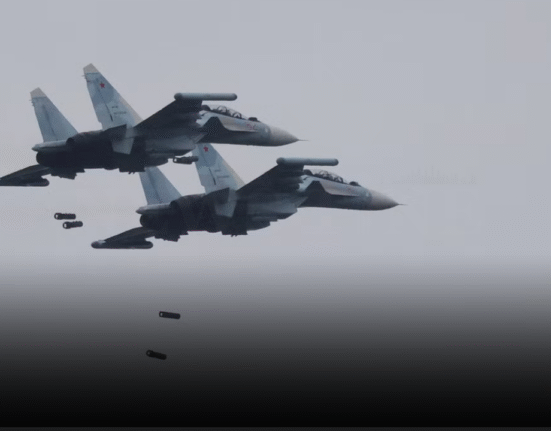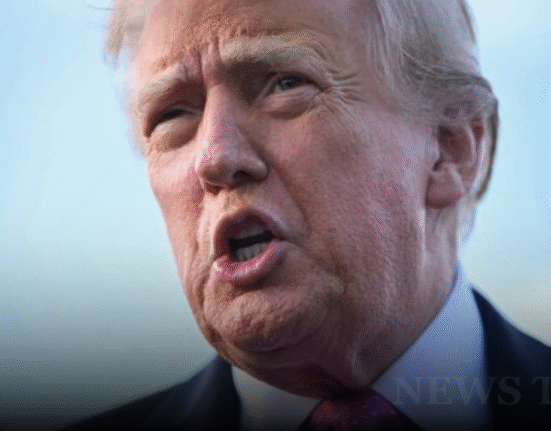
When Prime Minister Donald Tusk took to X this week to announce that a drone had been neutralised flying over key government buildings in Warsaw, it wasn’t just another headline it was a stark reminder of Europe’s fragile security environment. The Warsaw drone incident quickly drew attention not only because two Belarusian citizens were detained but also because it came amid a series of airspace violations linked to Russia’s war in Ukraine.
This story is more than just about one drone it highlights the growing tension across NATO’s eastern flank.
What Happened in Warsaw?
Poland’s State Protection Service (SOP) intercepted a drone flying over sensitive government facilities, including the Belweder Palace area. Prime Minister Donald Tusk confirmed that two Belarusian nationals were detained and that police have launched a full investigation.
Officials have not disclosed whether the drone was carrying surveillance equipment or posed a direct threat, but the symbolism is clear: security over Poland’s political heart is being tested.
Regional Context: A String of Violations
This incident did not occur in isolation. In fact, it came only days after Poland reported that its airspace was violated by a record 19 drones believed to be of Russian origin.
- On Saturday, Romania scrambled fighter jets after a Russian drone crossed its border.
- NATO Secretary General Mark Rutte launched the Eastern Sentry program to reinforce the alliance’s eastern flank.
- Poland has received approximately €3.3 billion in aid contributions to Ukraine, showing its frontline commitment to the conflict.
Rising Tensions Inside Poland
Support for Ukraine remains strong at the state level, but public sentiment is shifting. While a National Development Bank study showed that Ukrainian refugees contribute more in taxes than they take in benefits, a Flash Eurobarometer survey found that only 60% of Poles support continued state assistance.
That tension is now playing out alongside heightened fears of drone incursions. As one Warsaw resident told me outside the palace gates, “It’s not the drone itself—it’s the feeling that something bigger is coming.”
NATO’s Position
NATO’s leadership has been clear:
“Whether intentional or not, these drone violations are unacceptable. The allies stand with Poland,” said Secretary General Mark Rutte.
The new Eastern Sentry program will deploy additional resources, training, and technology to Poland, Romania, and the Baltics. Ukraine has also pledged to send trainers to Warsaw to strengthen anti-drone defenses.
Why This Matters
The Warsaw drone incident highlights three critical issues:
- Security Vulnerabilities – Even highly protected zones remain at risk.
- Geopolitical Pressure – With war next door, Poland faces spillover effects.
- Public Opinion – Support for Ukraine remains strong in policy but fragile in society.
The neutralisation of a drone over government buildings in Warsaw may not sound dramatic on its own. But viewed against the backdrop of Russian incursions, strained public opinion, and NATO’s new commitments, it becomes a powerful symbol of a region on edge.





